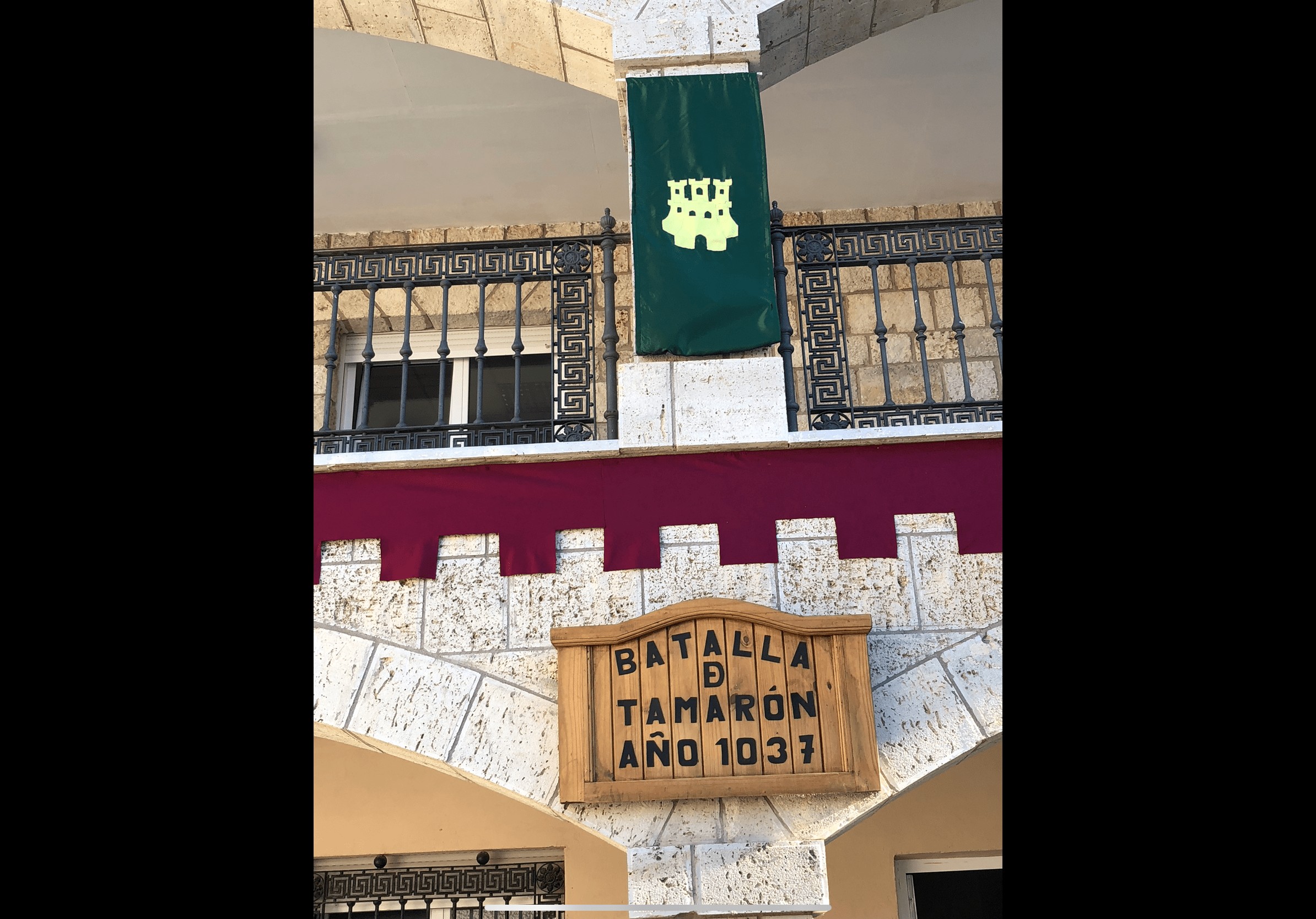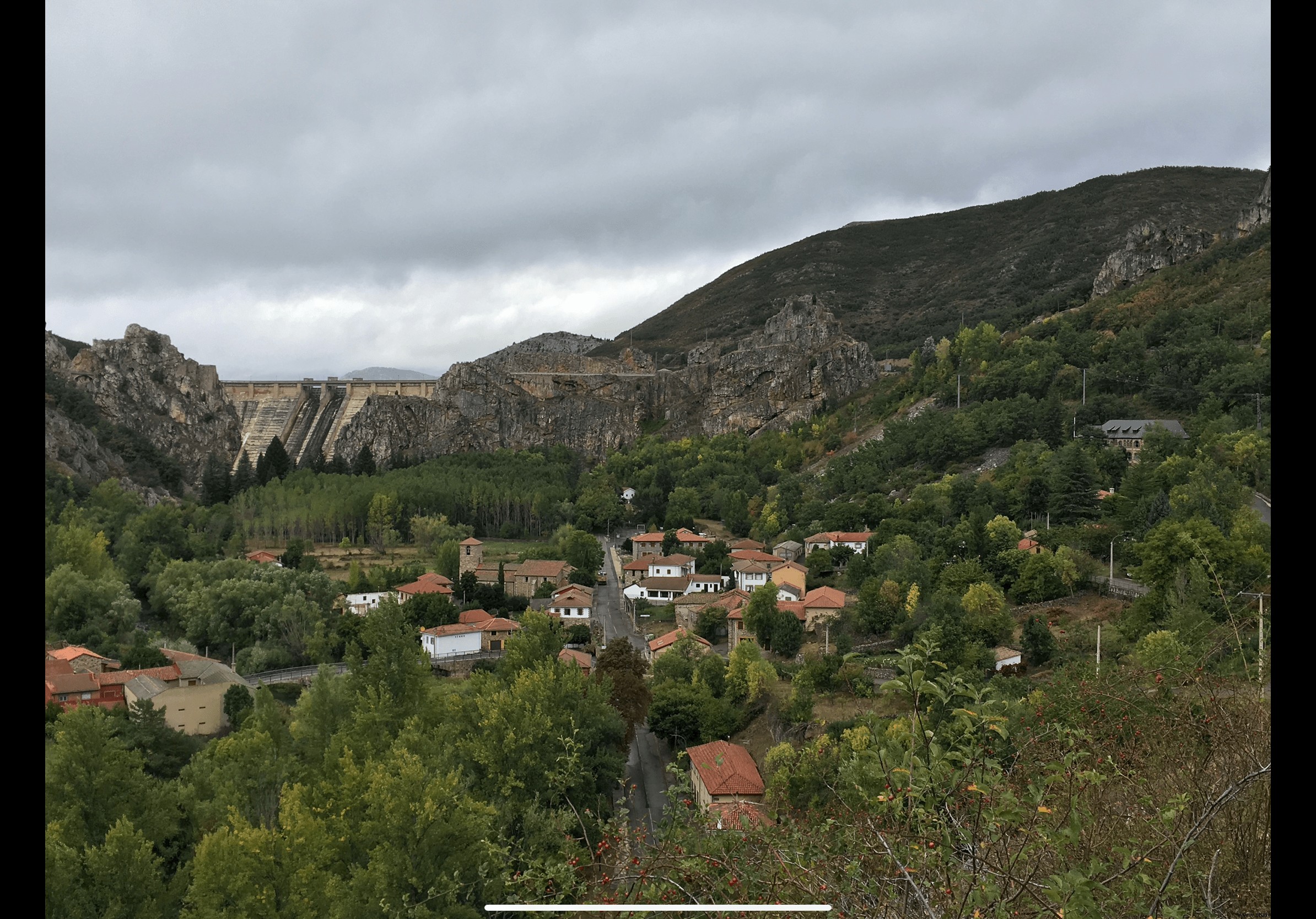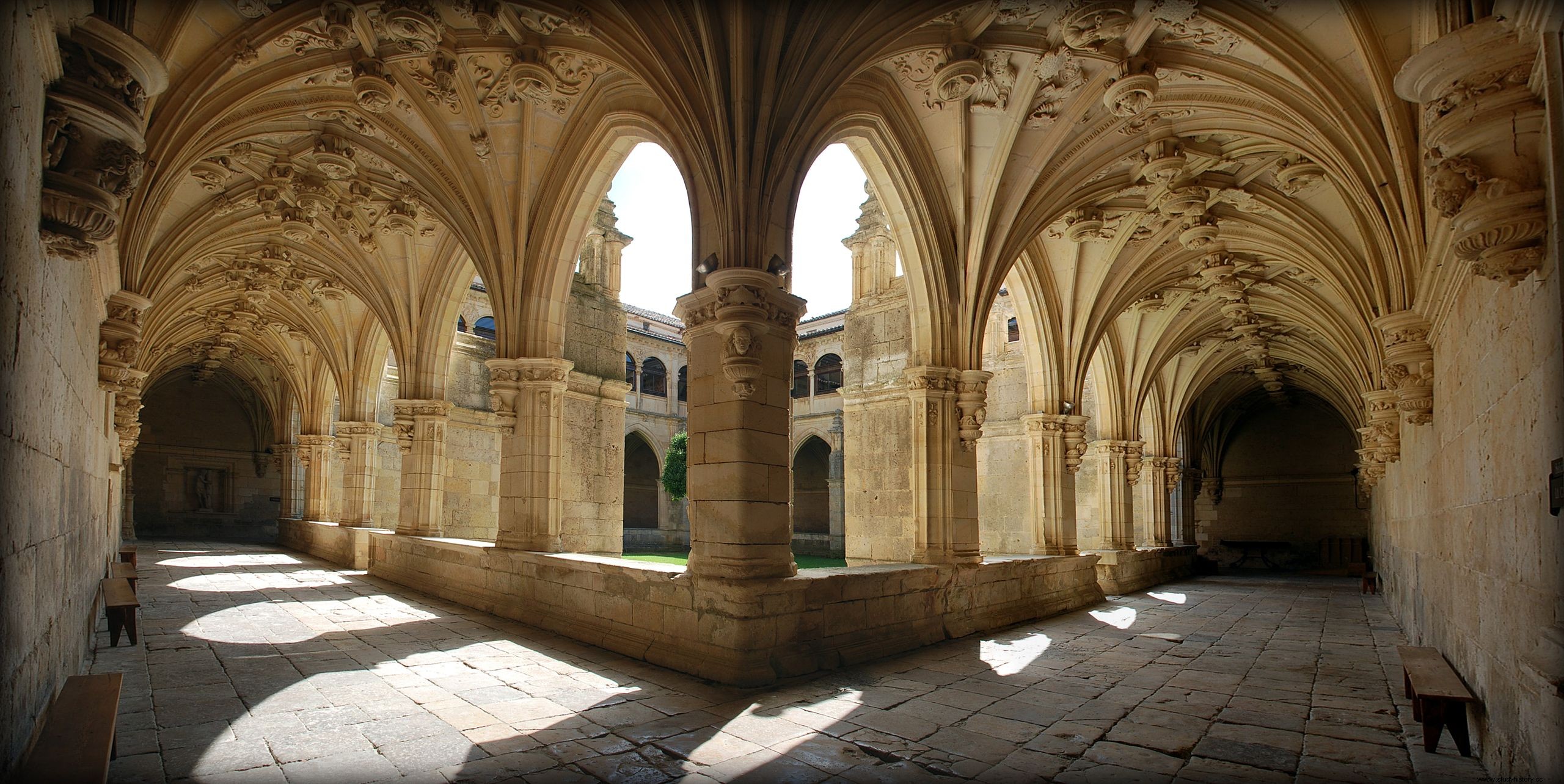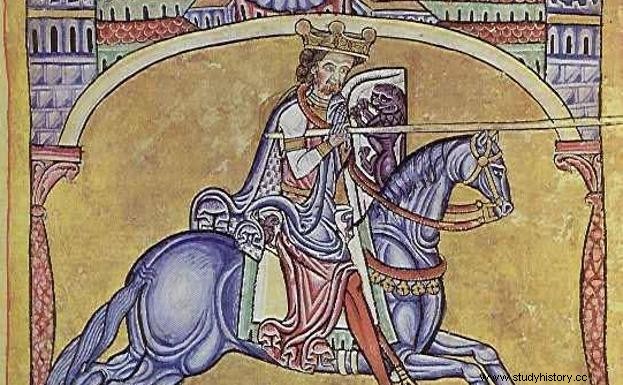The relationship between the kingdom of León and the county until 1065 and from that date on the kingdom of Castile was not easy. The county of Castile gained weight and prominence from the time that Fernán González held that title in the mid-10th century, although as such a county it never became independent from the kingdom of León (see the entries dedicated to the myth of the independence of Castile) .

A turning point in the relationship between León and Castile occurred in the year 1037 when, after the Battle of Tamarón and not without difficulties, the Count of Castile, Fernando Sánchez, succeeded Vermudo III, who had died in the aforementioned battle, on the Leonese throne. and he reigned with the name of Fernando I. Upon his death in the year 1065, he divided his kingdom between his sons Alfonso VI (who inherited León), García (Galicia) and Sancho II (Castilla). The three kingdoms were once again unified after the death of Sancho II in 1072, when Alfonso VI seized power in León and Castile, as well as in Galicia (García was imprisoned in the castle of Barrios de Luna until his death in the year 1090).

The kingdoms of Castile and León remained under the same crown during the governments of Alfonso VI (1072-1109), Urraca I (1109-1126) and Alfonso VII (1126-1157). But the will of Alfonso VII again separated León (which was his son Fernando II) and Castile (for Sancho III). Only a year later Sancho III died and was succeeded by Alfonso VIIII. During the years in which both kingdoms were separated, the clashes between them were constant. This forced the signing of different treaties, such as that of Sahagún (1157) by which Fernando II and Sancho III agreed that if they or any of their descendants died without descendants, their crown would pass to the monarch who reigned in the other kingdom. Or that of Fresno-Lavandera (1183), signed by Fernando II and Alfonso VIII, which put an end to the contentious problem of the Infantazgo de Tierra de Campos.
Relations between Castilla and León did not improve precisely after the death of Fernando II and his succession to the Leonese throne by his son Alfonso IX. The fact that both kings of the same name (Alfonso VIII and Alfonso IX) were cousins did not prevent conflicts between them and between their kingdoms from multiplying during the time in which they coincided on the throne.

The problems began as soon as Alfonso IX came to the throne. In April of that same year of 1188, Alfonso VIII of Castile decided to take advantage of the situation of uncertainty that every death of a monarch poses, and entered León taking various strongholds, some of which were in the possession of supporters of the widow of Fernando. II, Urraca López de Haro, who handed over possession of the fortresses without offering resistance, in the hope that the Castilian monarch would support his wife against Alfonso IX.
But, in a meeting held on May 19, 1188 in Soto Hermoso (near Plasencia) with Alfonso IX, the King of Castile recognized the legitimacy of his cousin to sit on the throne of León, although he did not reinstate the possession of the castles. previously taken.
At the same meeting, it was agreed that the Leonese would go to a curia in Carrión de los Condes in which the King of Castile would knight him. According to Chao Prieto, "the act did not mean per se a declaration of vassalage or contempt, but the arrogant and devious attitude of Alfonso VIII makes it a humiliation. It is so much to the taste of the Castilian that he will order the royal scribes to reference it —for a few years— in all the documents he signs:“in that year in which the serenely said Alfonso, King of Castile, gave Alfonso, King of León, the military belt , in his curia in Carrión». Or sometimes:"and the King of León himself kissed the hand of the said Alfonso, King of Castile and Toledo."
This description of what happened in Soto Hermoso y Carrión does not coincide with that made by Martínez Diez:«the Leonese king, wishing to ingratiate himself with his cousin, promised to marry a daughter of the Castilian king and receive the cavalry from his hands and on that occasion kiss the hand of Alfonso VIII, which was the sign by which Alfonso IX would recognize himself as a vassal of the King of Castile for himself and for his kingdom”.
Puente, after recalling that "the Leonese defensive system was already in the hands of the Castilians in May", continues recounting:"it was therefore necessary for Leon to approach Castile in the form of a diplomatic settlement, hinted at by the advisers of the King (Alfonso IX). The two monarchs who, let us not forget, were blood cousins, met on May 19, 1188 in Soto Hermoso, a place north of Plasencia. Castile recognized the legitimacy of Alfonso IX and, after signing a non-aggression pact between León and Castile and agreeing to return the occupied positions, it was agreed to hold, on Saint John's Day, a curia of both kingdoms in Carrión, where Alfonso he would be knighted by his cousin Alfonso VIII. The fundamental rite of chivalry took place in the monastery of San Zoilo […] during an act of great solemnity. Amid great anticipation, Alfonso was knighted during a ceremony whose brilliance resembled that of a royal coronation. The King of Castile, who was about to turn thirty, took the military belt with the sword and, girding it around the King of León, made him a knight. Later, before the curia, he kissed the hand of the Castilian king, a transcendental act according to the rules of chivalry. Although it was not an act of vassalage, the fact that a king of León kissed the hand of a king of Castile was considered an explicit recognition of the Castilian as head of the lineage and celebrated triumphantly throughout the kingdom; in fact, the royal chancellery of Castile began to date its documents in relation to that day and continued to do so for a year.'
And Rodríguez-Picavea highlights another derivative of what happened in Carrión:«The King of Castile knighted his Leonese cousin and received homage from him, which for many meant the confirmation of Castilian supremacy over León. However, Alfonso IX came out stronger within his kingdom, as he managed to assert himself on the throne and avert the danger posed by the powerful Haro family".

The following years the conflicts between both kingdoms were reproduced, to the point that in the year 1194 a mediation of the pope was necessary, which ended with an arbitration in Tordehumos. But only a year later the second great reason for disagreement occurred, when Alfonso VIII faced, and suffered a painful defeat, the pillows in the battle of Alarcos.
After the arbitration award of Tordehumos, Kings Alfonso VIII and Alfonso IX had agreed to act jointly against the common enemy, the Almohads. However, what happened in Alarcos broke this concord and was the source of conflicts between both monarchs and their kingdoms in the midst of mutual accusations for the actions of one and the other in the days prior to the battle.

Alfonso IX responded to the call of the King of Castile in the summer of 1195 and went to Toledo to support him in the foreseeable confrontation with the Almohads. If Alfonso VIII had waited a few days, his cousin could have joined him in Alarcos and possibly the result of the battle would have been different. But an excess of confidence in his possibilities (he had been facing the Almohads for many years without any significant defeat), and the desire to stop Yussuf's advance in Castilian territory led him not to wait for the Leonese with the aforementioned catastrophic result. Puente adds another reason why the Castilian did not wait for the arrival of Alfonso IX:the monarch of Castile "did not want to give his cousin any chance of sharing a victory against the Almohads."
Alfonso IX also did not participate in the revenge of Alfonso VIII against the pillows that took place in 1212 in Las Navas de Tolosa, although the chronicles indicate that Leonese knights attended this famous battle in a private capacity.
In 1214 Alfonso VIII died and was succeeded by his son Enrique I, who was only ten years old and who died only three years later in a strange accident while playing with other children. What happened at this time was another milestone in the complicated relations between León and Castile. Henry I, due to his young age, had no offspring. According to the provisions of the Sahagun treaty of 1157, this gave Alfonso IX a reason to claim the Castilian throne for himself.
But in a maneuver that some describe as sagacious and masterful and others as cunning and treacherous, Berengaria of Castile intervened. She was the sister of the late Enrique I and had been the wife of Alfonso IX of León. Although the marriage had been dissolved by the church for consanguinity, the couple had had children. His eldest son, Fernando, was in León at the time with his father, who planned to inherit the Leonese throne.
However, Berengaria hastened to send messengers to León before the news of the death of Enrique I arrived, requesting the presence in Castile of the infante Fernando. Alfonso IX agreed and, when the infant arrived in Castile, Berengaria was proclaimed queen and immediately abdicated in her son, who ascended the throne as Fernando III.
Alfonso IX did not accept the situation and allied himself with the Castilian party opposed to Berenguela, led by the very powerful Lara family. However, a year later, when father and son met in Toro on August 26, 1218, Alfonso IX recognized Fernando III as King of Castile and abandoned all claims to the Castilian throne. He also promised not to help or welcome the Lara in his kingdom.
Whether Alfonso IX ended up accepting Ferdinand III as King of Castile was a question. Whether he was willing to accept that the King of Castile also became King of León on his death was quite another. And to this we will dedicate the second entry of this series.
Image| Wikimedia Commons, Author archive.
